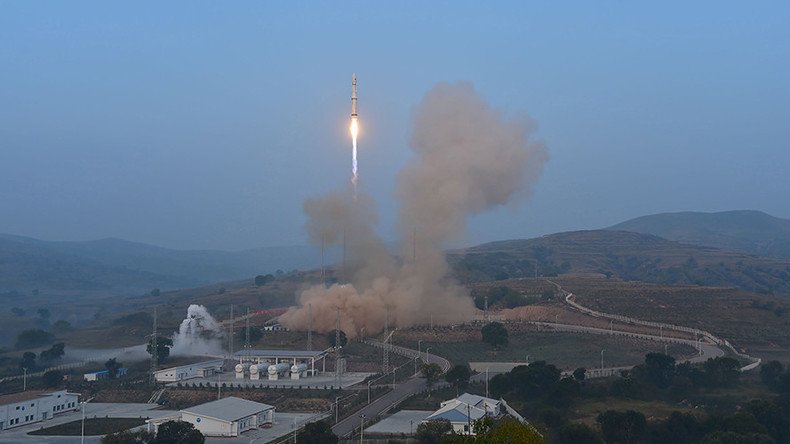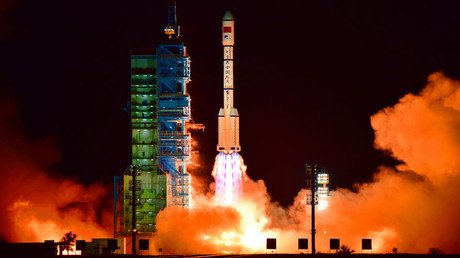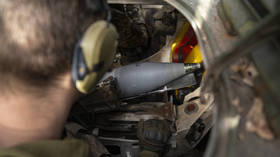China’s atomic clock in space will stay accurate for a billion years

China’s new space laboratory has an atomic clock which, Chinese engineers say, is more accurate than the best timepiece operated by America’s National Institute of Standards and Technology.
The device, called Cacs, or Cold Atomic Clock in Space, was launched this weak along with other instruments of the Tiangong-2, China’s second orbital lab. According to the South China Morning Post, it will slow down by only one second in a billion years. In comparison, the NIST-F2 atomic clock, which serves as the United States’ primary time and frequency standard, loses a second every 300 million years.
“It is the world’s first cold atomic clock to operate in space... it will have military and civilian applications,” said Professor Xu Zhen from the Shanghai Institute of Optics and Fine Mechanics, who was involved in the Cacs project.
An atomic clock uses vibrations of atoms to measure time, which are very consistent as long as the atoms are held at constant temperature. In fact, since 1967 the definition of second has been “9,192,631,770 vibrations of a cesium-133 atom.”
In a cold atomic clock, the atoms are cooled down with a laser to decrease the effect of atom movement on the measurements. Cacs goes even further and eliminates the pull of Earth’s gravity by being based in orbit.
Chinese engineers had to miniaturize their device so that it could be sent into space. It can fit in a car trunk, while the NIST-F2, along with all its support equipment, is about the size of a room.
Cacs was launched before the European Space Agency could place their atomic clock, the Pharao, in orbit, which is scheduled to be launched next year. The US abandoned a similar project due to budgetary cuts.
Unlike Pharao, which uses the traditional design with cesium atoms, the Chinese clock uses rubidium atoms. Developers say the element offers better performance in terms of accuracy and reliability.
Cacs is not the most accurate timepiece in the world. German researchers at Physikalisch-Technische Bundesanstalt have built an experimental atomic clock, which uses ytterbium ions and is two orders of magnitude more accurate than regular cesium clocks. The device, however, is used only for demonstration purposes, while Cacs is meant for practical applications.
The Chinese plan to improve their BeiDou Navigation Satellite System with synchronization signals from the new orbital atomic clock.














